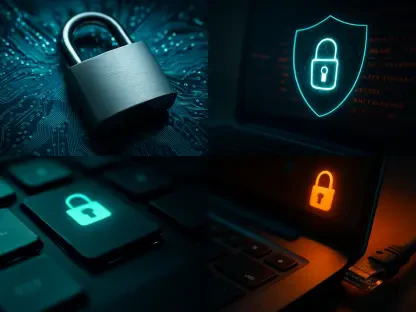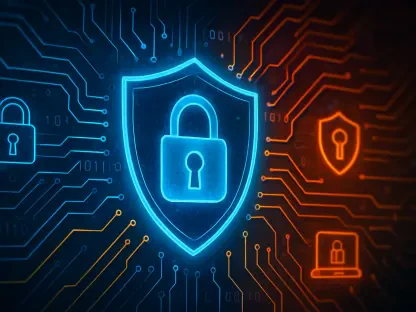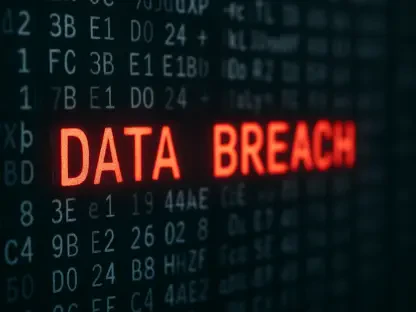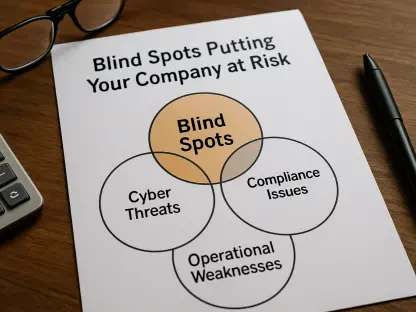In the world of digital infrastructure, managing the integrity of data centers poses an array of challenges that require innovative solutions. Harry, a digital security professional working at a major tech services firm, was confronted with a particularly vexing issue while on a project for a UK government agency. His task involved ensuring that memory upgrades within numerous data centers actually delivered their promised enhancements. Servers frequently ran out of memory, leading to crashes and compromises in service. Despite ordering, paying for, and installing the necessary upgrades, Harry and the team continued to face the same problem, raising suspicions of memory theft.
This concern was not unwarranted; previous instances suggested that either through malfeasance or negligence, the expected memory upgrades were not meeting their intended goals. Harry and his team were determined to put an end to this pervasive issue. The solution they devised incorporated an automated script designed to audit memory upgrades actively. This system served not only as a vigilant overseer but also as a deterrent against potential wrongdoing. Each time a technician logged a memory upgrade, the script would instantly check if the installed RAM matched the ordered upgrade. Any discrepancies would trigger an alert, preventing the change from being logged as complete, thereby stopping the engineer from leaving the premises.
The Power of Automated Audits
Harry’s solution proved to be ingenious in its simplicity and effectiveness. The script issued an automated check whenever an upgrade was logged into the system. This transformed the verification process from a labor-intensive manual task into an instantaneous, error-free operation. This proactive stance allowed the team to catch and correct issues in real time, ensuring that no discrepancies went unnoticed. Any mismatches in the reported versus actual memory capacity were flagged instantly, preventing the finalization of the logging activity until resolved satisfactorily.
Aside from deterring dishonest behavior, the automated script ensured that all upgrades were correctly seated and functioning as expected. Courteously asking technicians to recheck the memory installation under the guise of confirming its placement discreetly verified compliance while exposing any fraudulent activities. This blend of human oversight and automated processes fortified the system against both intentional theft and unintentional errors. By introducing an element of surprise, technicians were less likely to engage in deceit, knowing that their work would be randomly verified.
Ensuring Accountability and Transparency
One of the crucial benefits of Harry’s method was its ability to uphold accountability among the data center personnel. The script’s mandatory checks created a transparent environment where each memory upgrade was diligently tracked and recorded. Any sign of inconsistency or tampering was promptly recognized and addressed. Instead of merely serving as a post-incident audit, this method actively prevented issues from arising in the first place. Engineers became more conscientious, understanding that their actions were automatically scrutinized.
This level of oversight had far-reaching effects beyond catching theft. It nurtured a culture of honesty and meticulousness among the tech personnel. As accountability levels rose, the frequency of errors and instances of negligence diminished. Over time, the streamlined processes allowed for reduced downtime and enhanced data center performance. Harry’s approach exemplified how forward-thinking surveillance and auditing techniques could secure infrastructure integrity, fostering trust and reliability within essential tech frameworks.
Broader Implications for IT Security
Managing data center integrity in the digital infrastructure world is filled with challenges requiring creative solutions. Harry, a digital security expert at a major tech firm, encountered a difficult issue during a project for a UK government agency. His responsibility was to ensure memory upgrades in data centers truly delivered promised enhancements. However, servers frequently ran out of memory, causing crashes and service disruptions despite ordering, paying for, and installing the required upgrades. This recurring problem raised suspicions of memory theft.
The concern was valid, given past occurrences of upgrades failing to meet expectations due to either malfeasance or negligence. Determined to solve this issue, Harry and his team developed an automated script to audit memory upgrades actively. This system acted both as a vigilant overseer and a deterrent to potential misconduct. Each time a technician logged a memory upgrade, the script would instantly verify if the installed RAM matched the ordered upgrade. Any discrepancies would trigger alerts, preventing the work from being logged as complete, thus ensuring the integrity of the upgrades.









